 Parents, there are times when I feel for you. I pity you especially when you are queuing at the supermarket. You have coaxed a seven year old up and down a dozen aisles; successfully negotiated a wonky trolley past other similarly wonky trollies, and then are forced to anxiously wait to part plastic for a carefully chosen pile of food and toilet rolls. Anxious – not because the car parking is about to run out – but because little Isabel is about to notice to sweets.
Parents, there are times when I feel for you. I pity you especially when you are queuing at the supermarket. You have coaxed a seven year old up and down a dozen aisles; successfully negotiated a wonky trolley past other similarly wonky trollies, and then are forced to anxiously wait to part plastic for a carefully chosen pile of food and toilet rolls. Anxious – not because the car parking is about to run out – but because little Isabel is about to notice to sweets.
Too late – she’s spotted them… “…oh, but pleeeaaaasssee!?…” No, darling, for the fifteenth time, you can’t have a chocolate bunny. Why, oh why, does food shopping have to be like this?
Marketers call it ‘shared decision making’. You and I call it pester-power. The supermarket battle of wills is quite a normal occurrence for many: recent surveys have shown that the majority of parents are forced to face a nagging youngster at the checkout. It could be a thing of the past however, thanks to a new campaign called ‘Junk Free Checkout’. Bowing to public pressure, the ‘big four’ supermarkets are now changing their confectionary selling practices by doing away with the sweets by the tills. Thank goodness for that.
The (long) history of getting rid of snacks from the checkout and the supermarkets’ (very short) memory.
But wait a moment, haven’t we heard this somewhere before? Yes we have: twice in the past twenty supermarkets ‘banned’ checkout sweet displays for the sake of child health (and parent sanity) in response to public pressure. First in was in the 1990s after the ‘Chuck Sweets off the Checkout’ campaign; then again in 2003 following a renamed ‘Chuck snacks off the Checkout!’ campaign. It seems the big chains have a remarkably short memory.
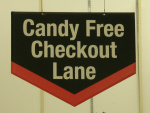 It’s no wonder – the confectionary business makes big money. When the ‘Chuck Sweets’ campaign ran in the 1990s, Mars confectionary saw their sales drop by nearly a third. Moreover, the positioning of a product is the single most important factor in how often we buy. Products sold on the eye-catching end-of-aisle locations make up an incredible 30% of all supermarket sales and by simply moving a product to eye level and within easy reach, it can increase its sales fivefold.
It’s no wonder – the confectionary business makes big money. When the ‘Chuck Sweets’ campaign ran in the 1990s, Mars confectionary saw their sales drop by nearly a third. Moreover, the positioning of a product is the single most important factor in how often we buy. Products sold on the eye-catching end-of-aisle locations make up an incredible 30% of all supermarket sales and by simply moving a product to eye level and within easy reach, it can increase its sales fivefold.
This is because we are all susceptible to making the ‘impulse buy’, not just the little ones. None of us are as rational as we like to think: our eyes are always instinctively and unconsciously drawn to that which is appealing and attractive. Retailers know this and test their sales displays using eye-tracking technology before releasing them to the public. The uncomfortable truth is that the majority of all our purchasing decisions are made in under half a second, and are primarily driven by emotion and habit. If you are tired and stressed then you are far more likely to succumb to temptation – and also yield to your child’s wants. Why do you think the sweets are stocked at waist height – a young child’s eyelevel? Thanks to this, the child gets what they want at least 50% of the time.
By doing away with the ‘guilt lane’ of crisps, sweets and fizzy drinks it won’t just give parents some peace and quiet – it will be good for our kid’s health. Childhood obesity is on the rise and too many sweets and treats is an important contributory factor. Over time, little changes in eating habits, like the extra snack here and there, can truly add up.
So it’s good news that the supermarkets are once more listening to the public. Many stores have pledged to switch junk food for healthy snacks. I only hope that they won’t forget so easily this time. Better still, I’d like to suggest a campaign for free educational toys in the queuing aisle instead – similar to the drawing pads and crayons given away at some restaurants. I propose we call it ‘Give us Toys by the Tills!’. Perhaps they won’t forget that one so easily.
Thanks for reading - all opinions expressed are my own. Feel free to add your thoughts in the comments below.
Follow @realdoctorstu

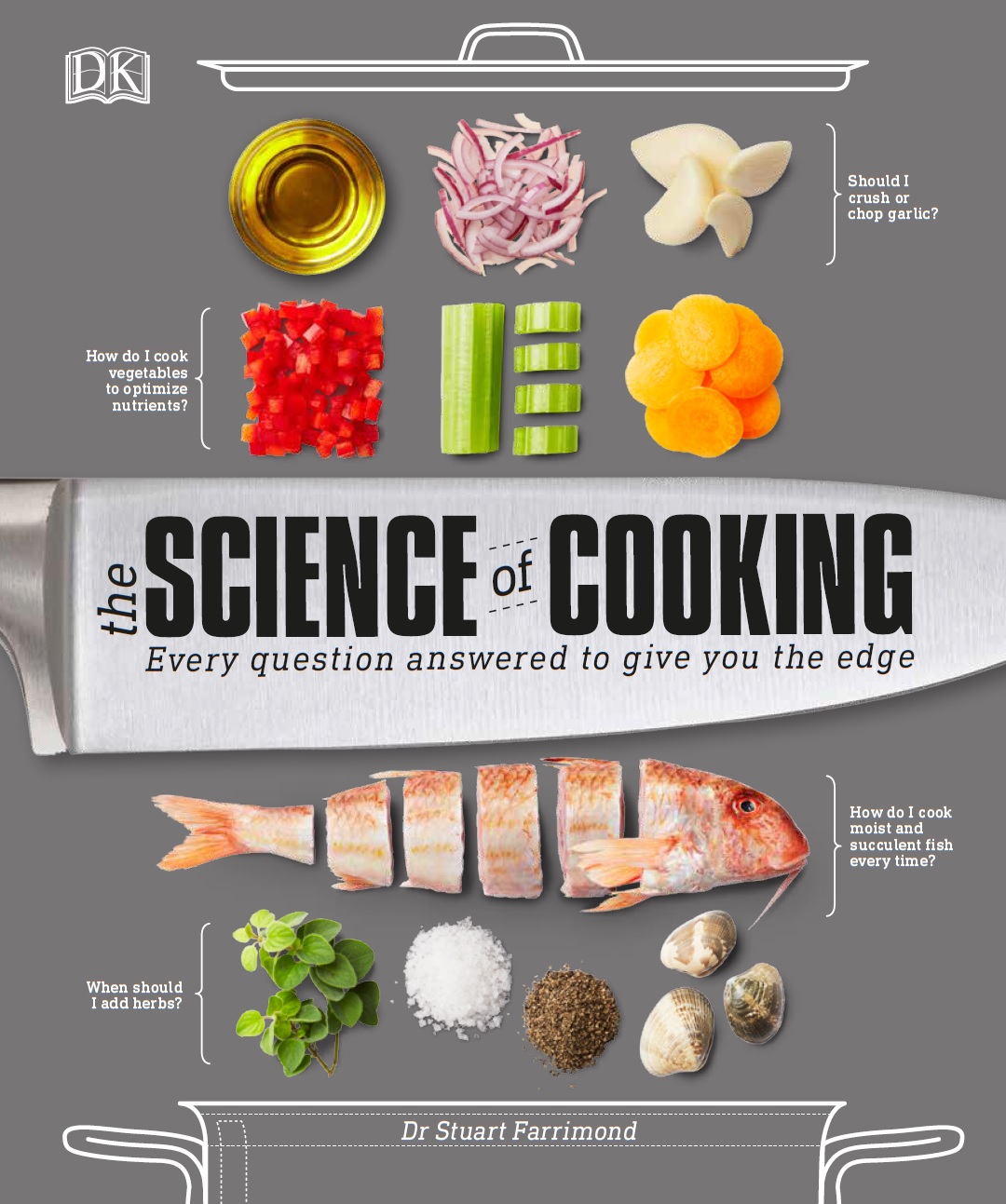



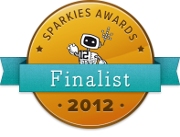
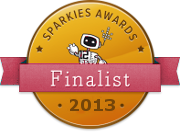


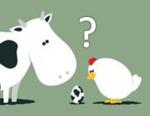
Discussion
No comments yet.